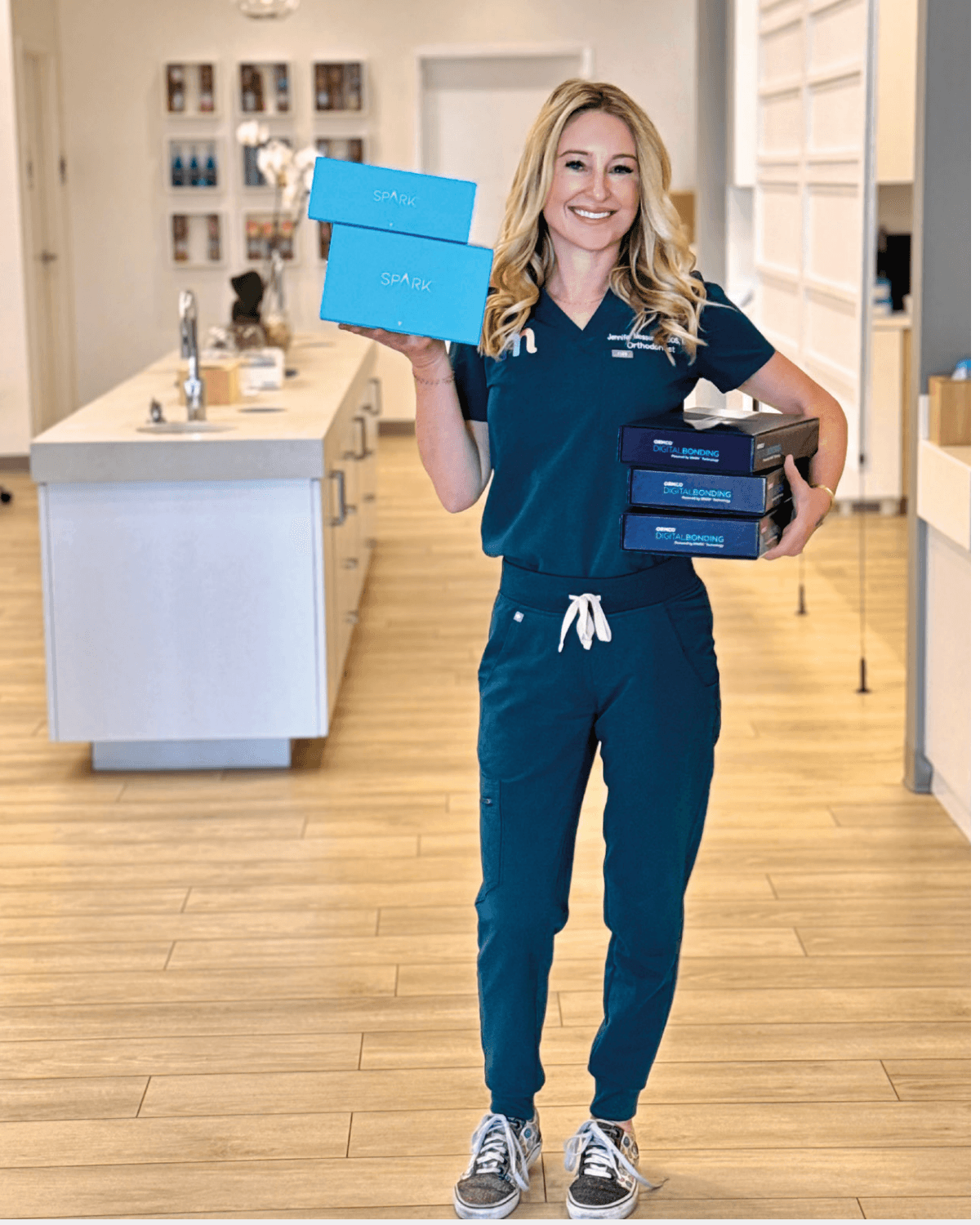
Dr. Jennifer Messenger explores a new bonding system that improves the patient and doctor experience
My orthodontic journey began in 2011. After moving back to my hometown and practicing general dentistry for a few years, I decided to pursue my true dream of becoming an orthodontist. That decision meant packing up my family — my husband and our two young daughters, then just 1 and 3 years old — and moving from California to Oregon to attend Oregon Health & Science University (OHSU). It turned out to be one of the best decisions we ever made. OHSU was an outstanding program, and our time in the Pacific Northwest as a young family was truly magical.
For my master’s thesis at OHSU, I conducted a bonding study comparing two traditional bracket-pad designs with a novel design fabricated by a local orthodontic company. The goal was to evaluate whether the retentive features of the new design significantly affected bond strength, adhesive thickness, and adhesive cure. Ironically, more than a decade after defending my master’s thesis in front of fellow residents, dental students, and a panel of experts, I was invited by Ormco™ to evaluate a product that has the potential to revolutionize bonding: Ormco’s EtchFree Bonding material.
This time, however, I wasn’t spending hours in a lab surrounded by extracted teeth, brackets, universal testing machines, microscopes, and a Fourier Transform Infrared Spectrometer. Instead, I had the opportunity to apply the product in a real-world clinical setting — on patients in my own practice. What made the experience especially rewarding was that many of the study participants were parents of my young and teen patients who had never had orthodontic treatment. While parents often prioritize their children’s needs, this opportunity gave them a gentle nudge to begin treatment for themselves, even if just for 6 months. Most were thrilled with their results by the end of the study, and a few chose to continue treatment to achieve an ideal finish.
At Messenger Orthodontics, I’m always looking for ways to improve both the patient and doctor experience, so I was excited to evaluate this new bonding system. Ormco EtchFree Bonding streamlines clinical workflows, reduces common risks, and promotes better enamel preservation.1 In a field that’s constantly evolving, innovations like this allow us to align our techniques with our core values: clinical precision, patient safety, and long-term oral health. For those looking to update their bonding protocols, Ormco EtchFree Bonding offers a compelling alternative worth exploring.
Rethinking an outdated standard
With minimal bonding modification developments in over 100 years, orthodontic bonding has revolved around a single process: acid etching. Despite significant advancements in nearly every other aspect of our profession, this one critical step has remained stuck in time, bringing with it a host of clinical challenges. As a practicing orthodontist, I’ve experienced firsthand the complications that acid etching can introduce: risk of patient discomfort or injury, post-debonding sensitivity, an enamel surface that is more susceptible to demineralization in the presence of poor oral hygiene, and the ever-frustrating bracket failures caused by moisture contamination. But that era is over. Ormco’s new EtchFree Bonding system marks a true turning point in orthodontics. For the first time, we have a clinically viable alternative that completely eliminates the need for acid etching (Figure 1).
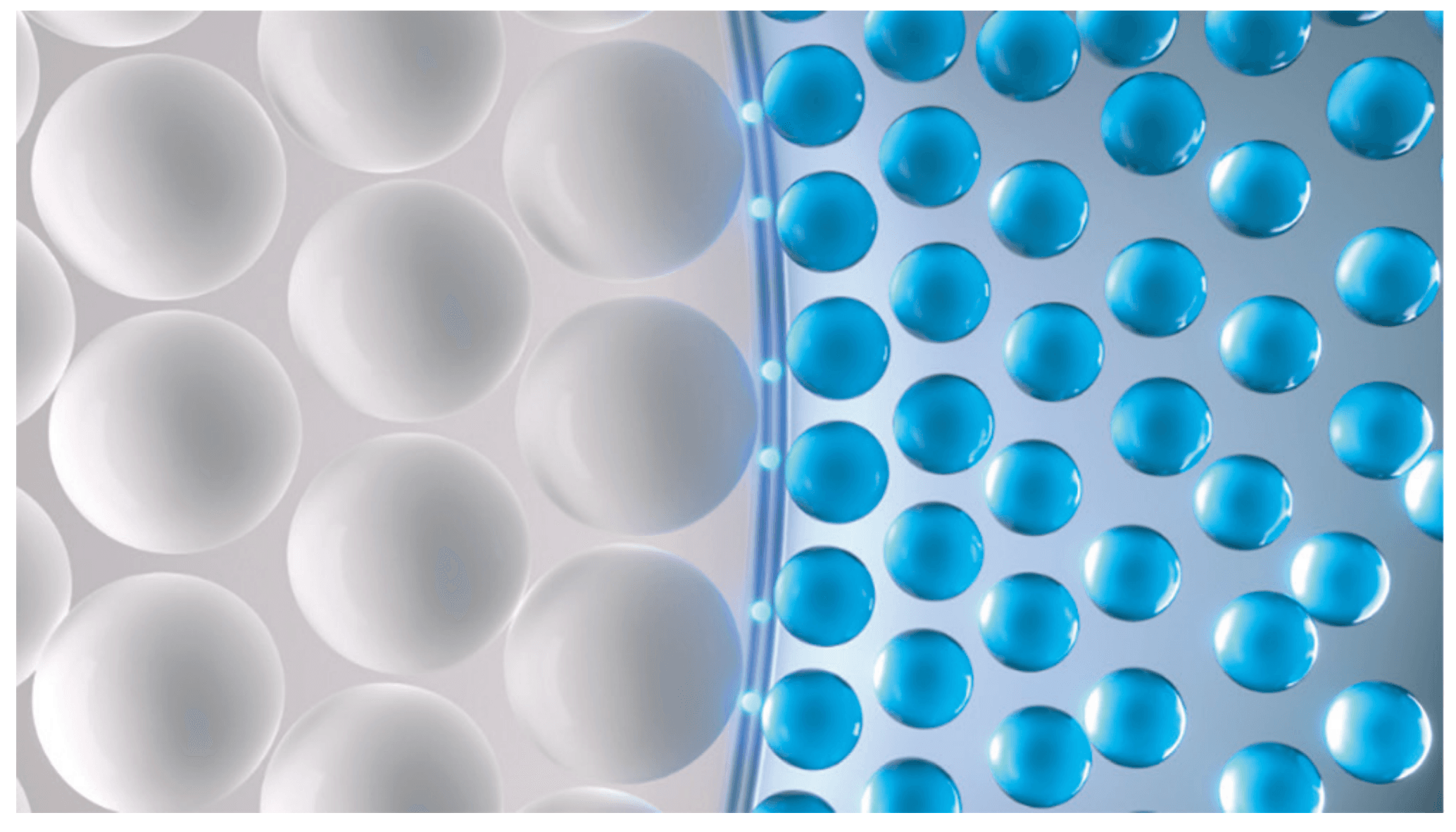
No etching, no rinsing, no waiting — just brush and go
One of the most remarkable advantages of Ormco EtchFree Bonding is its simplicity. Traditional etch, prime, and bond procedures can take up to 11 technique-sensitive steps. In contrast, Ormco EtchFree Bonding reduces the process to just nine streamlined steps, eliminating the need for etching, rinsing, or drying. One of the most helpful features of Ormco EtchFree is that it’s hydrophilic, allowing it to perform reliably even in the presence of moisture — from initial drying through adhesive application (Figure 2).
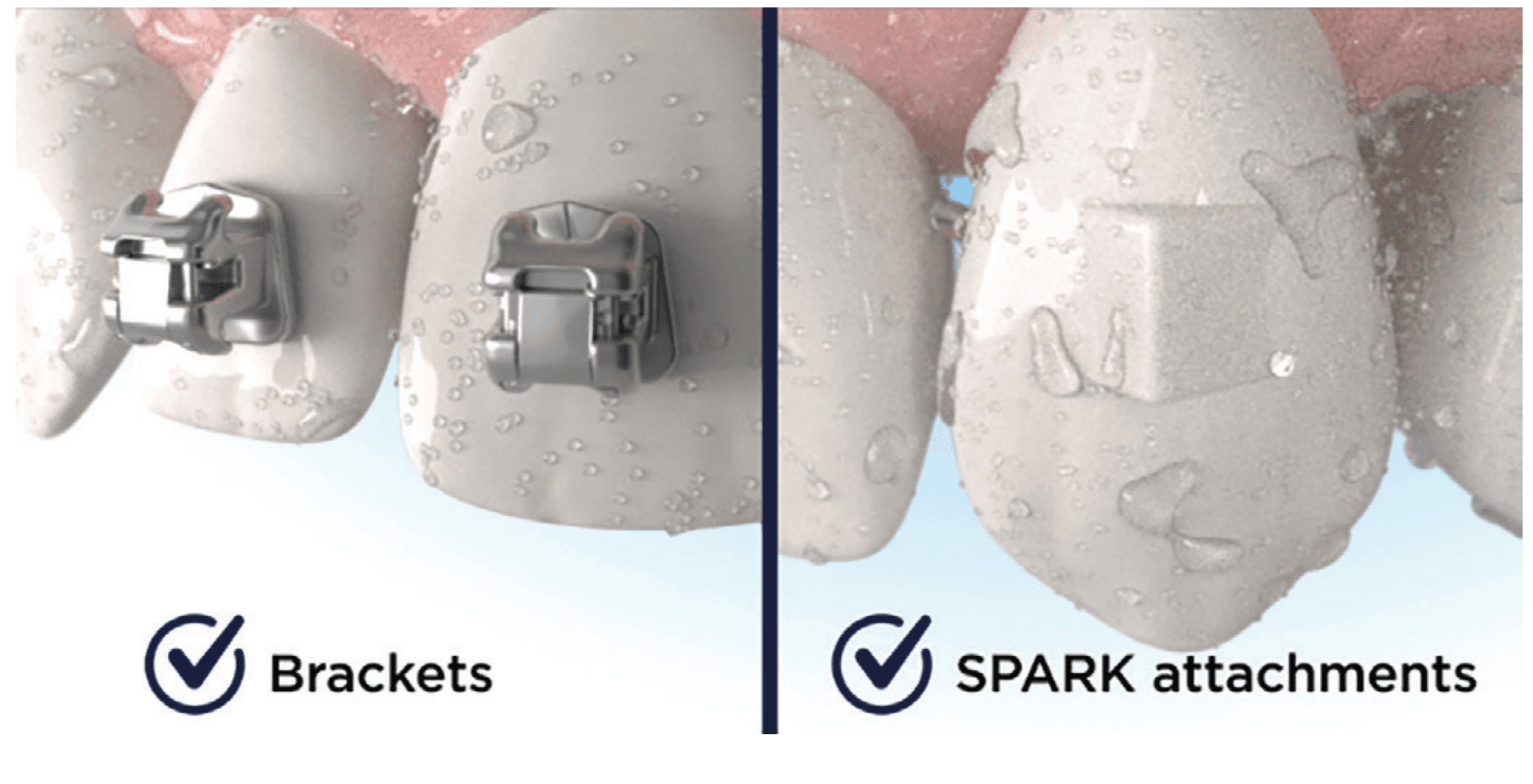
Consistency you can count on — wet or dry
In day-to-day practice, using Ormco EtchFree Bonding has reduced concerns about salivary contamination and helped minimize debond failures, ultimately increasing confidence in each bond placed. According to data from Gaidge Analytics, emergency repair visits accounted for 8% of all orthodontist appointments in 2022. Bonding problems contribute to 22% of these emergency visits, with moisture contamination as a contributing factor. Each emergency visit can cost the orthodontist up to $300.2*
Ormco EtchFree Bonding becomes especially important when working with younger patients. In children and adolescents, maintaining a completely dry field during bonding can be a real challenge. Whether it’s due to smaller oral anatomy, limited cooperation, or simply the difficulty of isolation in certain areas, moisture control is often less predictable. Having a bonding system that is moisture-tolerant at every stage has been a welcome shift in my practice. It helps reduce the stress of trying to achieve perfect dryness and allows for more consistent results, even in less-than-ideal conditions. Moisture contamination is no longer a cause for concern. Whether the field is perfectly dry or slightly moist, the bond strength remains consistent — something that simply isn’t possible with traditional systems.
A healthier bond for healthier enamel
Where traditional etching roughens and demineralizes enamel to create a mechanical bond (Figure 3), Ormco EtchFree Bonding forms ionic bonds directly with calcium in the enamel, achieving strong adhesion without damaging the tooth surface (Figure 4). The difference is visible to the naked eye: Enamel remains smooth and intact. And because there’s no acid involved, there’s also no risk of etch burns or sensitivity.

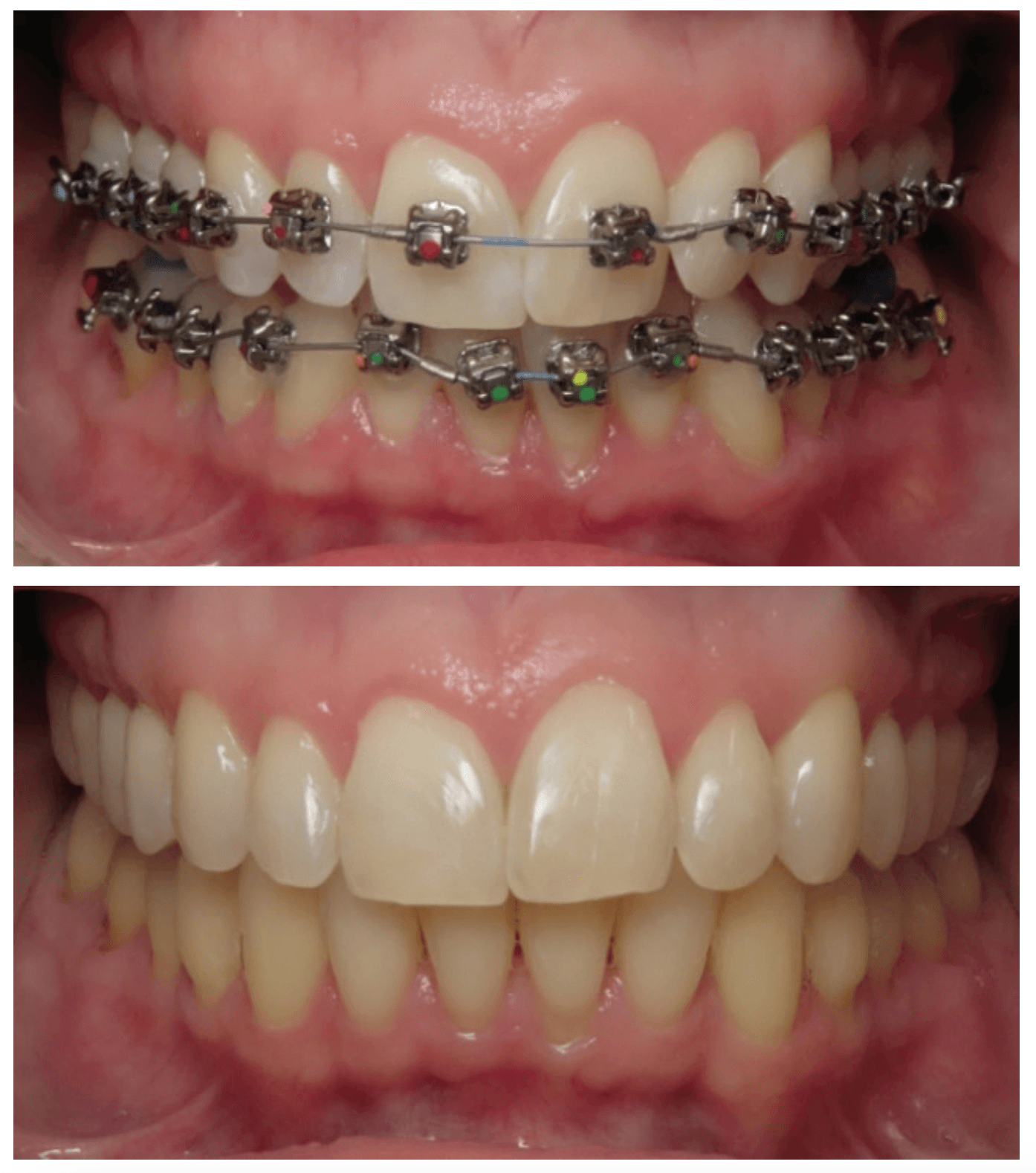
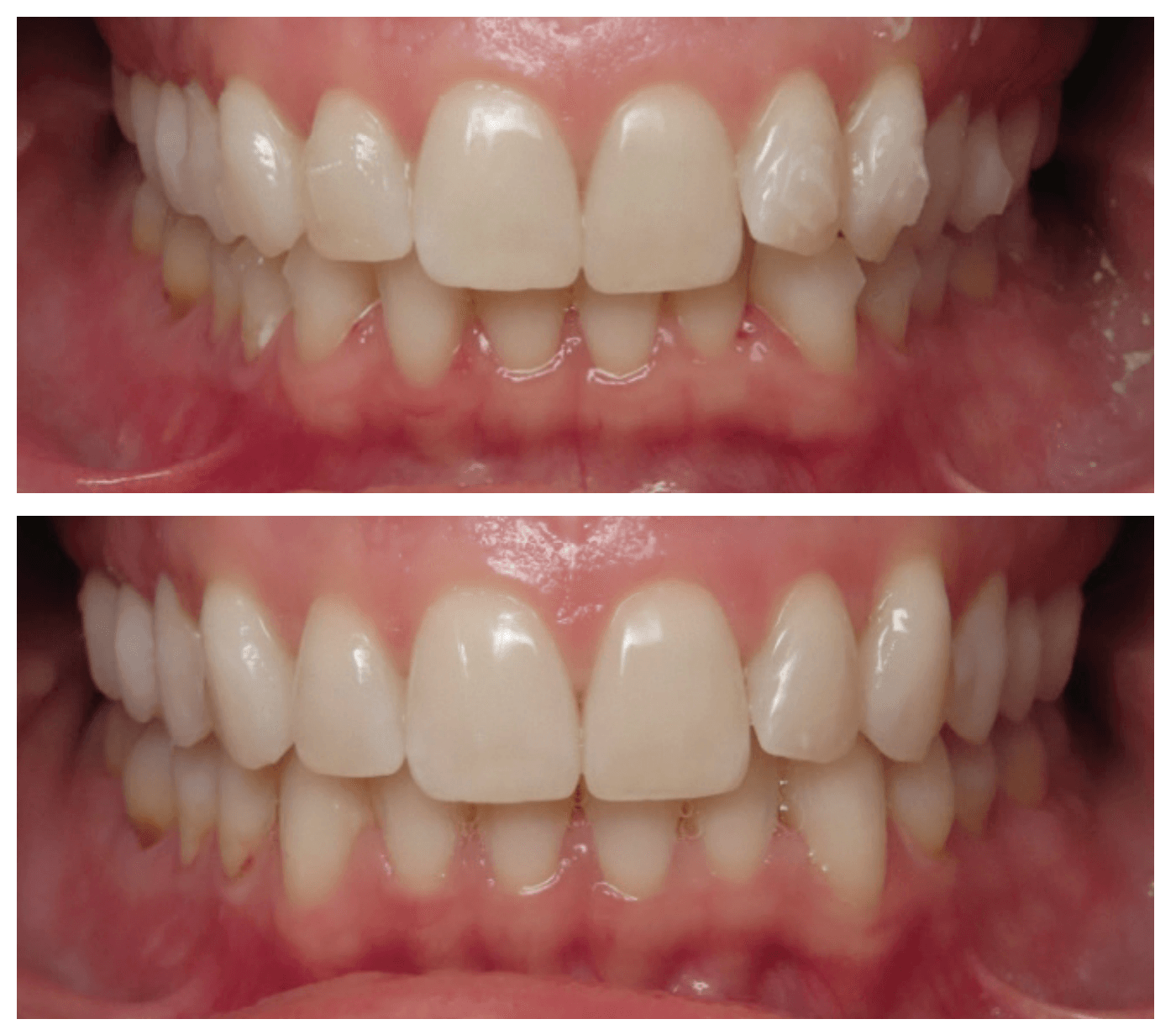
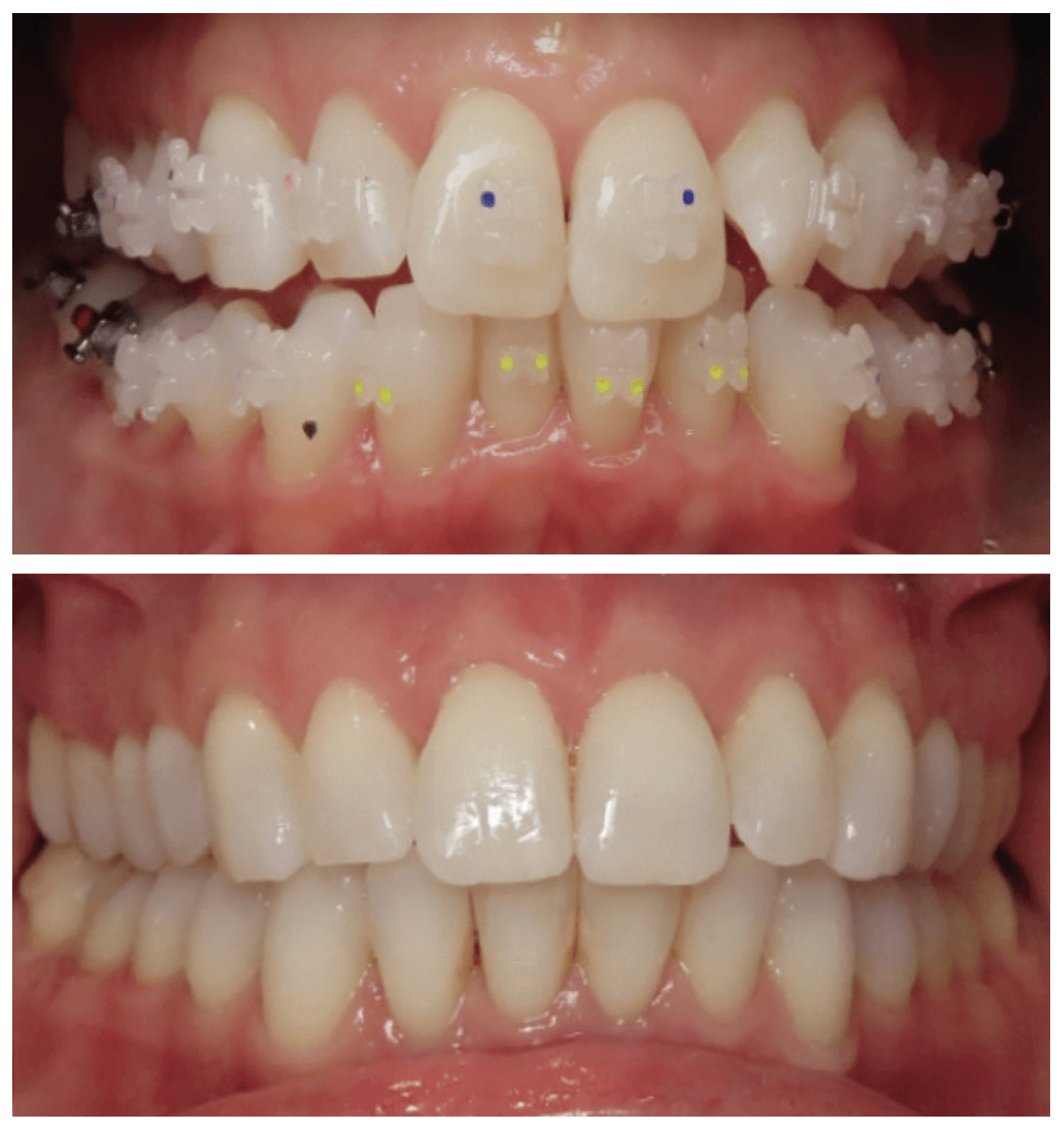
Synergy with the Damon Ultima™ System, Symetri™ Clear Brackets, and Spark™ Clear Aligners
In our practice, we’ve paired Ormco’s EtchFree Bonding with the Damon Ultima System using Ormco Digital Bonding, Symetri Clear Brackets, and Spark Clear Aligners. Working with a company that offers high-quality solutions across every treatment modality allows for a more integrated and consistent approach to care. One of the added benefits is the convenience of ordering supplies from a single source, which streamlines logistics. Additionally, being able to work up cases on the same platform — whether for aligners or fixed appliances like the Ormco Digital Bonding featuring the Damon Ultima System — makes treatment planning both efficient and precise.
Kerr Self-Etch is a trademark of Kerr Corporation.
3M™ Transbond™ Plus Self-Etching Primer is a trademark of Solventum.
*Costs may vary from $100-$300.
- Data on file with Ormco Corporation.
- Yakoby Epstein S. The 411 on 911s in Orthodontic Treatments. Oral Health. Published September 2023. https://www.oralhealthgroup.com/features/the-411-on-911s-in-orthodontic-treatments/. Accessed May 7, 2025.
Stay Relevant With Orthodontic Practice US
Join our email list for CE courses and webinars, articles and mores

 Jennifer Messenger, DDS, MS, is a board-certified orthodontic specialist based in Huntington Beach, California. She completed her undergraduate education at UC Santa Barbara. Dr. Messenger earned her Doctor of Dental Surgery (DDS) degree from the UCLA School of Dentistry, followed by a certificate in Advanced Education in General Dentistry (AEGD) at the University of Southern California, where she focused on cosmetic and restorative dentistry. After practicing general dentistry in Orange County, California for 3 years, she completed her orthodontic residency at Oregon Health & Science University.
Jennifer Messenger, DDS, MS, is a board-certified orthodontic specialist based in Huntington Beach, California. She completed her undergraduate education at UC Santa Barbara. Dr. Messenger earned her Doctor of Dental Surgery (DDS) degree from the UCLA School of Dentistry, followed by a certificate in Advanced Education in General Dentistry (AEGD) at the University of Southern California, where she focused on cosmetic and restorative dentistry. After practicing general dentistry in Orange County, California for 3 years, she completed her orthodontic residency at Oregon Health & Science University.
